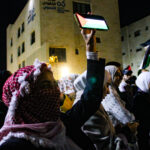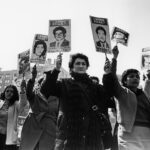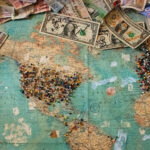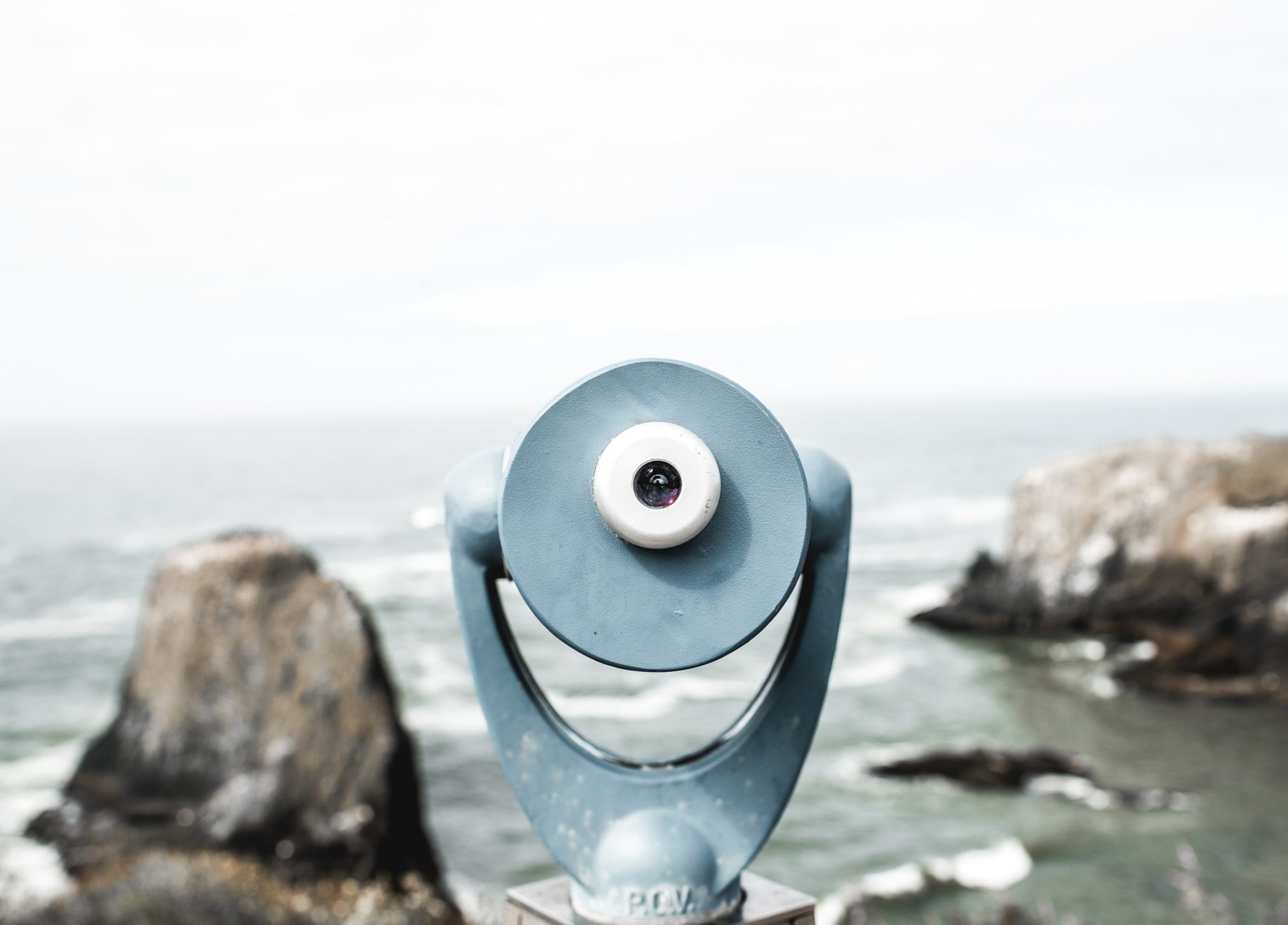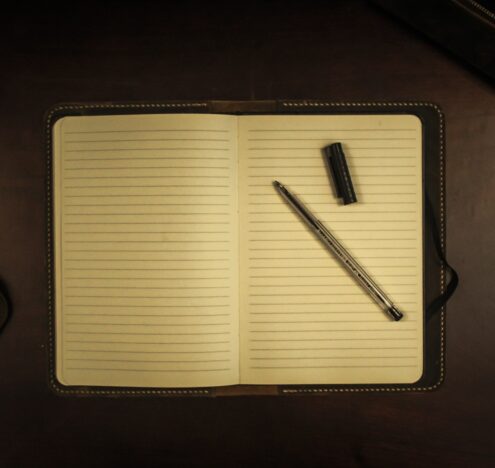“How do I [see] thee? Let me count the ways…” — Shakespeare
“هنیبیم گنشق تاهمشچ” (“Your eyes see beautiful”) — Persian phrase
For most, light is our introduction to the world — whether at birth, or in the opening of our eyes in the morning — our first perception is always of light. Only afterward do we see the undulating wavelengths as color. Only afterward do we notice its absence as darkness and shadow. And yet, from a beginning at once simple and magnanimous, from light, stems such infinite complexity, a multitude of finite differences. How do we learn to see? And how do we learn how to see again, to see anew, to see differently, to keep seeing?
My job, in simple terms, is to see what’s in front of me, learn from it, and write about it. I spend much of my day staring at satellite imagery of sites around the world, looking for changes over time and evidence of activity, and trying to deduce what in the world might be happening there. I squint at 3m resolution images, trying to figure out what, exactly, might be in that building not yet covered by a roof. I rejoice when finding a 0.8m resolution image of the site du jour only to groan when the one spot I really wanted to see is covered by the tiniest of puffy white clouds in an otherwise cloudless sky. I’ve learned to see from above — to consider from what angle the image was recorded, at what time of day, and with what type of equipment. I’ve learned many of these skills from a man commonly referred to as “geolocation Jesus,” so dubbed for his knack for satellite imagery analysis, but also for his uncanny ability to figure out from where a ground image (what normals call a photograph) was taken. Given our focus on the view from above, geolocation Jesus is a fitting choice of teacher.
“Look!” she says. “There are two grey standard poodles sitting over there, on the side of the trail.”
“Mama,” I say, “I think that is a bench.”
“You’re right!” she says with a widening smile and a slight chuckle. “But it looked so much like two poodles, grey, sitting side by side.”
“It kind of does,” I say, squinting a bit more and tilting my head, hoping this will help me to see the bench as she does. To see what isn’t there but is right in front of her, anyway.
How do you learn to see from above — your eyes their own satellite — staring at and interpreting an overhead image, if you have not learned to see as a satellite lens does? If I didn’t first learn how to see through my camera, the angle control in my hand and the lens to my eye, how could I have learned to see again; this time as if a camera in the sky?
In the favorite international relations graduate student game of resume-building one-upmanship, the fashion photographer card isn’t a wildcard — it’s from an entirely different game.
For a long time I didn’t talk about my six-year career as a photographer. In the favorite international relations graduate student game of resume-building one-upmanship, the fashion photographer card isn’t a wildcard — it’s from an entirely different game. By the time I finished my graduate degree, I had enough “relevant” (yep, that’s the word someone chose) experiences on my resume where including the photography business wasn’t necessary or advised. I did it anyway, but downblended it with appropriate career services blandness to “business owner.” Accurate, palatable, not so wild.
It was only when I began full-time work at the James Martin Center for Nonproliferation Studies (CNS) that someone pointed out to me that my Adobe Photoshop skills would be quite useful in processing both satellite and ground imagery, and in creating visualizations of change over time. They were right. One way of seeing had helped me learn another. One way of analyzing the world had translated across time and profession to another. I’d learned how to see again.
“Did you see that person waving on the side of the road? What were they doing there?” she asks.
“I think it was a tree with branches in the wind, Mama,” I say.
“Are you sure? I really think it was a person, that time. I know I see things, sometimes, but that…I really thought that was a man waving at us…” she trails off.
“Maybe so,” I say. “Maybe I didn’t see it right, this time.” She nods and I wonder if maybe I missed something, after all. Maybe I didn’t see it right this time.
When the radio went off at 0330, light was not my first perception. It was pitch black and cold, but the shrill alert was the fastest intruder into a sudden consciousness. The inky absence of light was only faintly punctuated by the blinking red of the radio. Within 30 seconds I was outside with the med bag, jumping into the car, radioing that we were on our way to the scene. Under three minutes from page to scene. Not bad.
As an EMT, my job was to triage, diagnose, and treat what I needed to in the field before transporting the patient as rapidly as possible to the appropriate level of care. As an EMT on a college campus, my patients often recognized me, and I them. No one wants to be seen at their worst, or in a difficult moment, but the anonymity of medical providers generally mitigates that feeling to some degree. That refuge of anonymity is largely gone on a small college campus, when care providers are students, and the main patient population is the student body. Sometimes, this led to obfuscation of the true crisis, intentional or not. An EMT has to assess the entire scene, and consider more than just what meets the eye. I learned to see, assess, and treat the chief complaint, or the reason the patient or bystander called for help to begin with. I also learned to look for little indicators of a larger picture that I couldn’t yet see; to ask the right questions to bring the whole tableau into focus.
Just as searching for clues to the bigger picture is not unique to being an EMT, learning how light interacts with subjects in digital capture is not unique to being a photographer (I forgot, “business owner”), and studying satellite imagery is not unique to being a nonproliferation analyst. Yet we act as if these modes of seeing aren’t transferable skills, aren’t relevant across industries, and aren’t “good enough” if we aren’t subject matter experts of a certain age. This attitude is reflected in our national discourse; “seeing” the other side, the ability to put oneself in those shoes (eyes), isn’t always considered to be a valuable or praiseworthy skill, anymore. Is it any wonder that, with this attitude, we have tunnel vision when it comes to foreign and domestic policy? Is it any wonder that innovation in legislative approach has ground to a halt when we no longer count the number of ways we’ve learned to see with pride?
I, for one, would be worse at my job if I had not learned more than one way to see.
“You okay Ma?”
“I slept on a bench last night at Disneyland.”
“Wow! You did? Did you have a good sleep? What did you see while you were there?”
“I saw…” she pauses, tries to push herself up a little straighter in her wheelchair, and fails. I put a pillow under her arm, wheel her into the shade of the garden attached to Memory Care, and we continue. We have a little more time before Hospice comes for their weekly visit.
“I saw…the light parade. And Space Mountain.”
“And the fireworks, Ma? Did you see those?”
“Yeah… yeah I did. They were beautiful. Did you see them too?”
“Maybe next time,” I say. “Maybe next time.”
Before I was a research associate, before I was a photographer, before I was an EMT, before it all, I was a child, and my mama taught me how to see. How to notice the drops of dew, glistening diamonds on the grass in the morning; how to watch the leaves turn from green to yellow, orange, then red, over the course of a week during October; how to ride a horse and see what might scare them in the surroundings before they do, reassuring them that it’s okay before they even notice the threat. My mama taught me to pay close attention to the world around me, to notice its changes, good and bad; to be aware of my surroundings, good and bad; to learn to see and understand people, good and…
She sees a little differently now than she used to, and again, I’m learning how to see from her. This time I’m looking at her world — not the one we share — and it’s got some fantastical elements I’m not used to noticing just yet. I’m not sure I’ll ever see them quite the way she does, but I’ll always sit beside her and keep trying. More than teaching me to see, my mama taught me to love learning how to see in every way I could, and how to keep loving and learning to see throughout my whole life. “You never stop learning,” she tells me, time and time again. “Keep looking, and you’ll always see something new.” She’s right, of course. There is always a new thing to see and a new way to see. One is not the other.
I’ll keep gazing down at this world, even as she casts her glance ever more upwards, toward the next. Somewhere in between is the vastness of the sky and its thousands of satellites, constantly orbiting, always seeing a changed world, only seeing this one. Beyond are the stars, so far away that any change in their light takes years to reach our eyes. We’re looking from different angles toward different worlds, Mama and I. But I know we both see the light from those glittering stars.
Margaret Croy is a Research Associate at the James Martin Center for Nonproliferation Studies (CNS) in Washington DC. The views expressed here are personal, and not representative of any professional affiliation.










